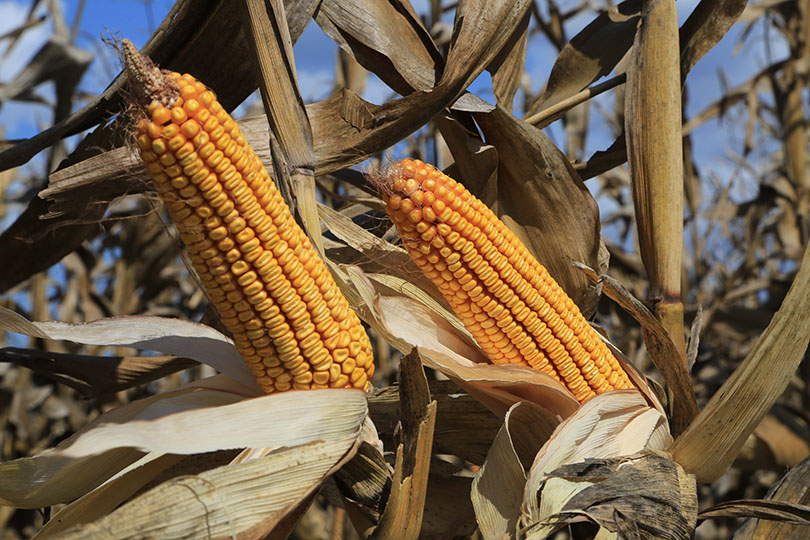The Food and Drug Administration (FDA) plans to begin testing corn and soybeans for glyphosate residues.
Previously, the agency has not routinely looked for glyphosate in its pesticide chemical residue monitoring regulatory program because field lab testing was expensive and labor-intensive. More cost effective methods have been developed.
Glyphosate is the active ingredient in Monsanto’s Roundup, which is the most widely used herbicide. The use of the product took off in the mid-1990s when Monsanto introduced “Roundup Ready” crops that were genetically engineered to be resistant to glyphosate. The use of glyphosate by U.S. farmers has increased from 27.5 million pounds in 1995 to 250 million pounds in 2014.
“Glyphosate’s 40-year history of safe use has been upheld by the U.S. EPA and regulators around the world following decades of study and review,” Monsanto said in a statement. “If FDA does move forward with residue testing in a scientifically rigorous manner, we are confident it will reaffirm the safe use of this vital tool used safely and effectively by farmers, landowners and homeowners around the world.”
U.S. Right to Know is a consumer advocacy group that first reported the testing.
Click here for more information.

